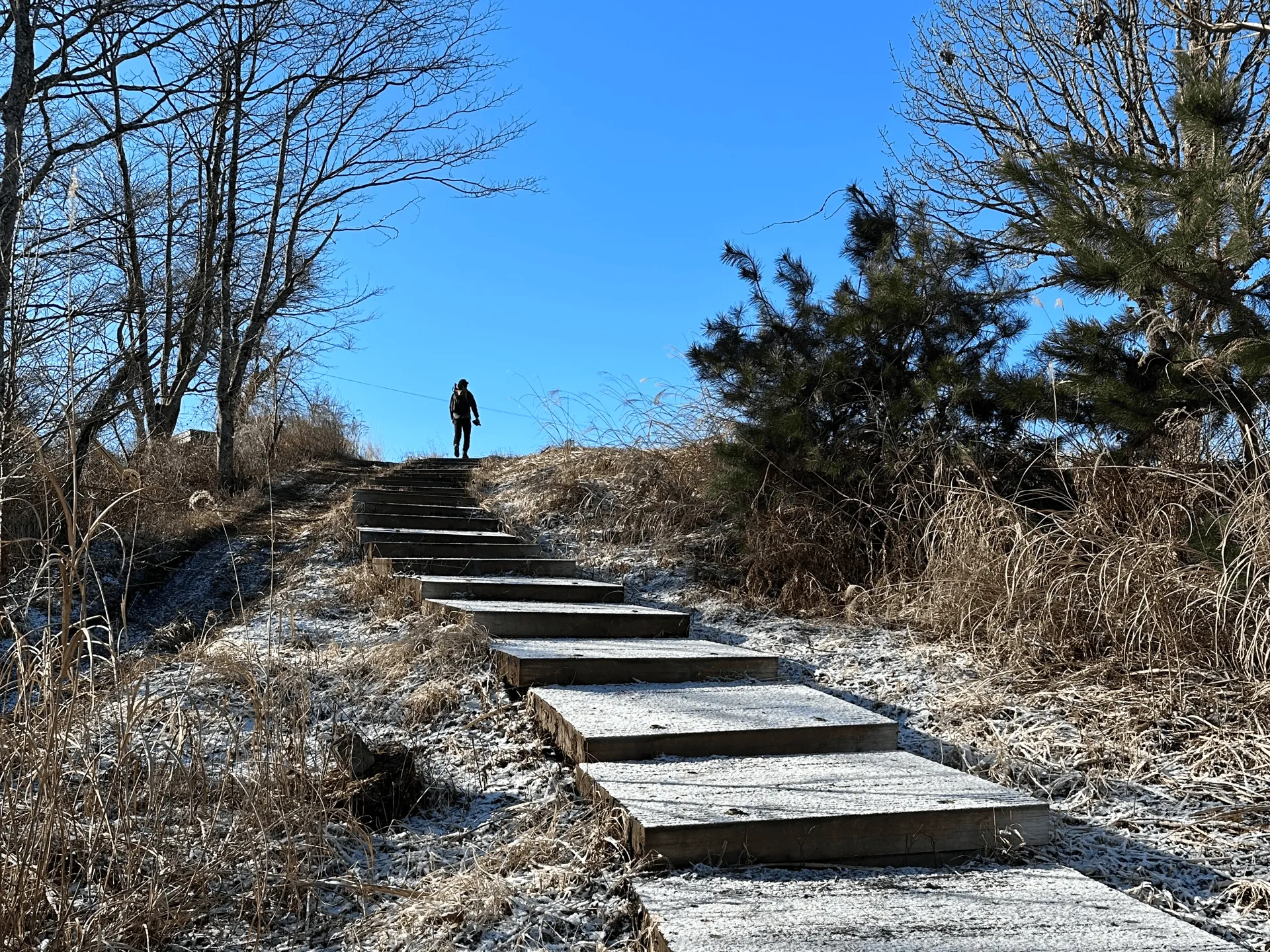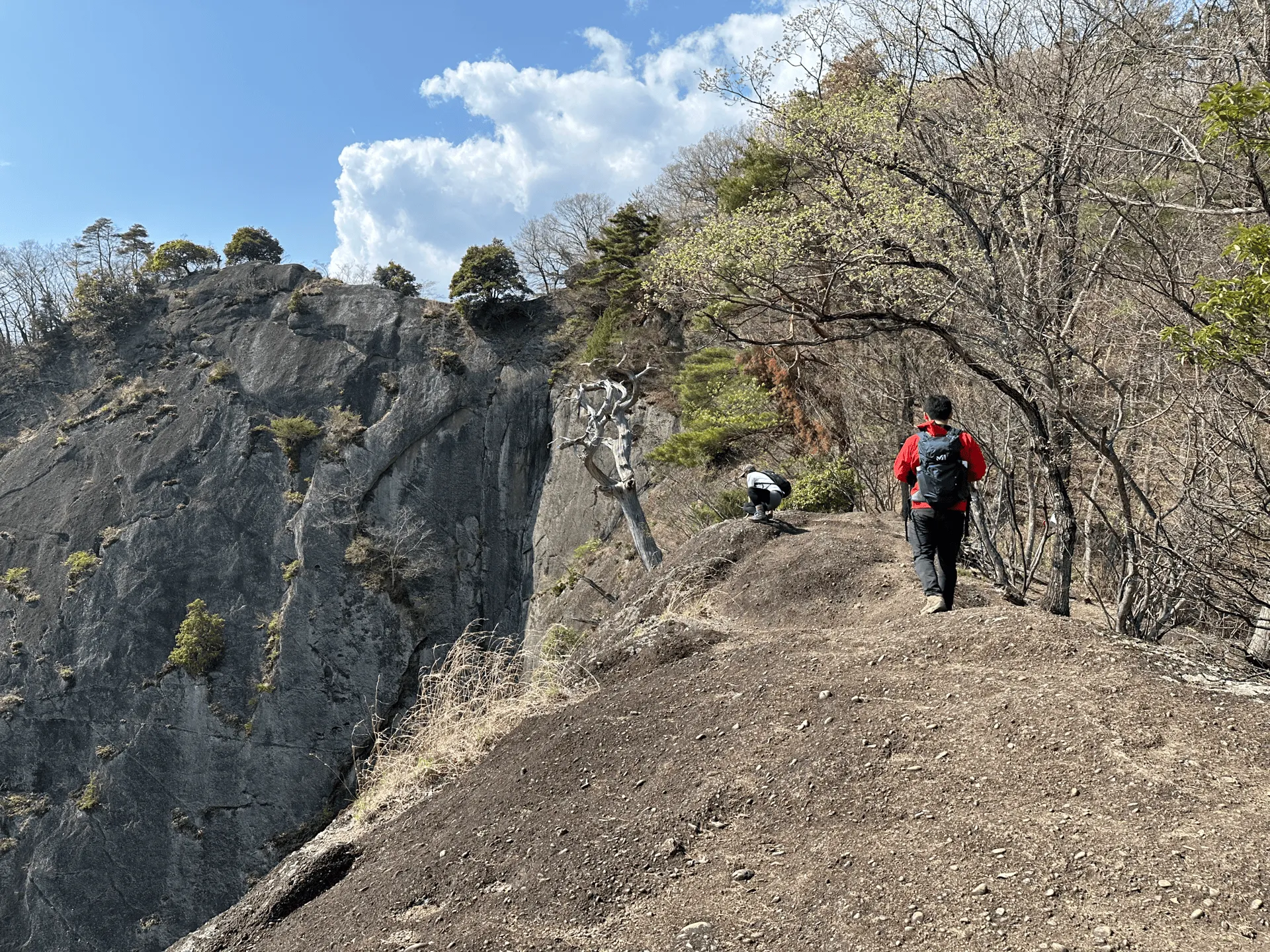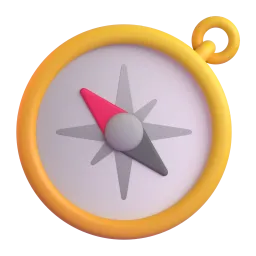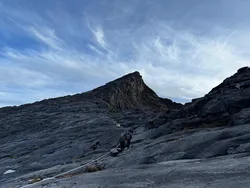Hiking in Japan
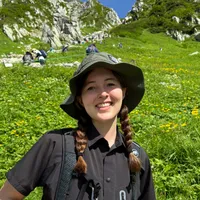
Hi, I'm Emma! I used to be a complete homebody, until I started hiking in 2022 and got immediately hooked. Since then, I've climbed over 100 mountains in Japan, and I'm excited to share all of my experiences with you. Whether you're searching for an easy day hike from Tokyo, planning a road trip to Hokkaido, or want to tackle one of Japan's 100 famous mountains, I've got you covered!
Getting started with hiking in Japan
For peak-baggers looking for a challenge

100 Famous Japanese Mountains
Completing the 100 Famous Japanese Mountains are a bucket list item for many hikers in Japan (myself included), and many of Japan's best mountains are on this list.

100 Famous Mountains of Yamanashi
If you're looking to stay near Tokyo, the less-famous Yamanashi 100 has some hidden gems and mountains with excellent views of Mt Fuji.
Find your next hike
Not sure where to hike next? Browse through all of my hiking logs with some handy filters.
Currently showing 70 mountains
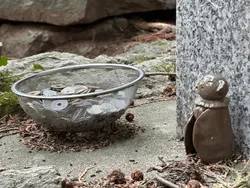
A station-to-station hike with wide smooth paths, making it ideal for trail runners.
When to climb October - May
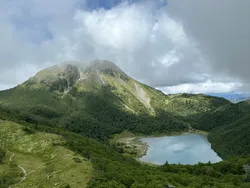
A beautiful hike in Nikko National Park with varied scenery and plenty of ridgeline walking.
When to climb Mid-June - October
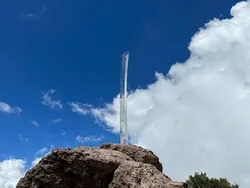
A steep climb, but possible as a day hike from Tokyo. Located in Nikko National Park. Has a rather interesting 3.5m sword at the summit.
When to climb May - November
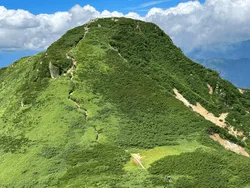
One of the 3 major peaks in Oze National Park, with great views of the Oze Marsh. Can be combined as a 2-day hike with the neighbouring Mt Shibutsu.
When to climb June - October
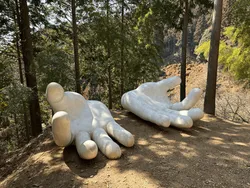
An interesting station-to-station hike with the opportunity to spot some sculptures, although more than a third of the trail is along a road.
When to climb October - January, March - May
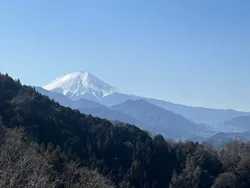
A great low-elevation mountain to climb in the colder months, with views of Mt Fuji.
When to climb November - May
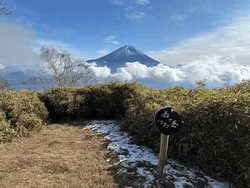
One of the mountains near Lake Motosuko, with great views of Mt Fuji.
When to climb September - January, mid-April - June
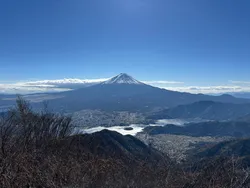
One of the mountains near Lake Kawaguchiko, with great views from the Fujiyama Twin Terrace deck.
When to climb September - January, April - June
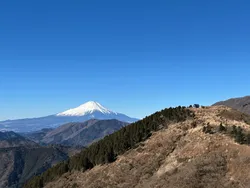
The course is well-maintained with lots of stairs and rest huts, and easy access from Tokyo.
When to climb April - May, October - January
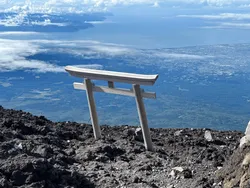
As the most famous mountain in Japan, it needs no introduction. Either come via an overnight bus for a "day" hike, or spend the night in a mountain hut.
When to climb July - August
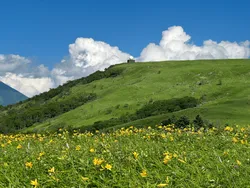
One of the easiest hyakumeizans, most popular for its yellow Nikko Kisuge flowers which bloom in July.
When to climb May - October
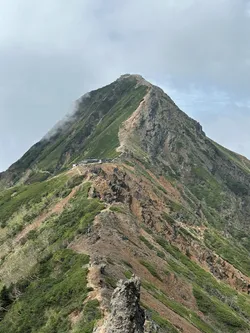
The highest peak in the Yatsugatake mountain range. Possible as a "day" hike from Tokyo if you don't mind taking an overnight bus. Otherwise expect a night's stay in a tent or mountain hut.
When to climb Late May - mid-October
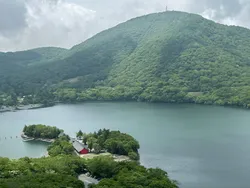
A straightforward beginner-friendly loop course, with good bus access. Particularly popular in May for its pink azaleas. You can also visit the nearby Akagi Shrine.
When to climb May - November
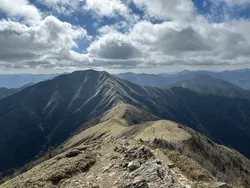
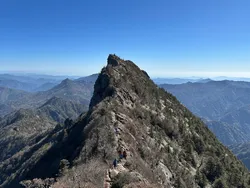
Shikoku 1/2. Access via Matsuyama airport or Shinkansen. Accounting for travel time, may need up to 4 days to climb both Shikoku mountains if you are coming from Tokyo.
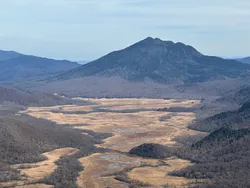
One of the 3 major peaks in Oze National Park, with great views of the Oze Marsh. Can be combined as a 2-day hike with the neighbouring Mt Hiuchigatake.
When to climb July - October
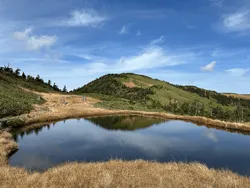
Oze National Park 3/3. 4 hour drive from Tokyo or overnight train. Can pair with the other Oze hikes or also with the Nikko hikes.
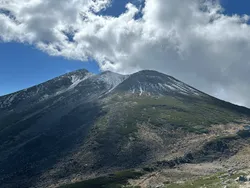
The easiest mountain in the Northern Alps, and home of the highest bus stop in Japan. Can pair with Mt Ontake or Kamikochi / Mt Yake for a weekend trip.
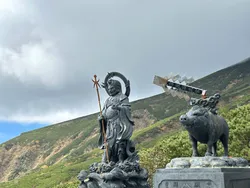
A still-active volcano that last erupted in 2014. Can pair with Mt Norikura or Mt Kiso-komagatake for a weekend trip.
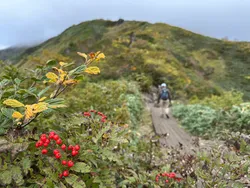
Day trip accessible via Shinkansen and local train to Doai station, the deepest train station in all of Japan. Very popular in autumn.
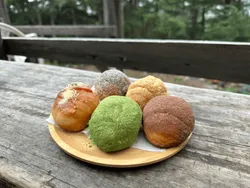
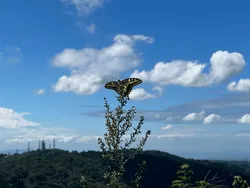
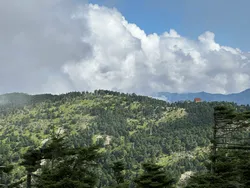
Nara 2/2. Will need to make it into an overnight hike (mountain hut available) if you want to take public transport, but possible as a day hike via car.
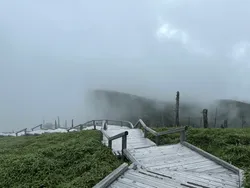
Nara 1/2. Quite an easy mountain, and has public transport access but not the greatest (I drove). Pair together with Mt Omine.
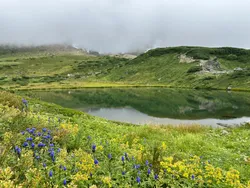
Hokkaido 2/9. In Daisetsuzan National Park. Tallest mountain in Hokkaido, but also with the best public transport access.
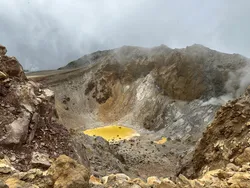
Hokkaido 3/9. The course is not too long, with stunning views into the crater's yellow lake. Unfortunately no public transport access.
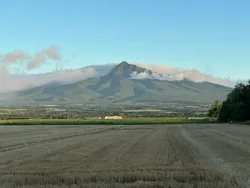
Hokkaido 1/9. Has a stream-climbing portion for the adventurous, but also an alternate course. Unfortunately will require car or taxi to the trailhead.
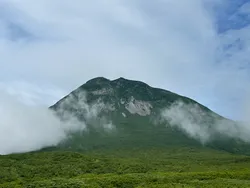
Hokkaido 4/9. One of the longer Hokkaido hikes. With public transport, will need to spend the night near the start of the trail at a hut or hotel, or camp near the peak in the middle of bear country.
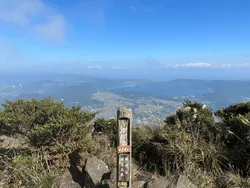
Kyushu 5/6. The second-lowest elevation hyakumeizan, climbable for many months of the year.
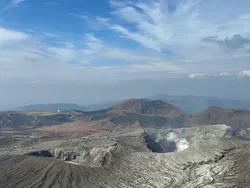
Kyushu 3/6. A still-active volcano which frequently gets closed off, so check before you go.
When to climb April to November
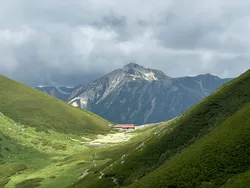
Kita Alps. Can be combined as part of a 3 (or 4) day hike with Mt Washiba.
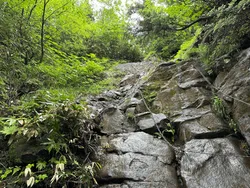
Most popularly climbed as a snow hike in the winter, in which case there is public transport access and the course time is shortened to 3.5 hours. The 6.5h summer course does have a portion of chain-climbing over a steep rock-face.
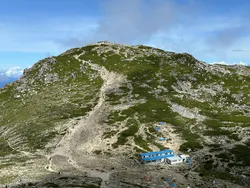
A gorgeous introduction to the Chuo Alps, with the highest ropeway station in Japan. The closest you can get 3000m on a day trip hike from Tokyo.
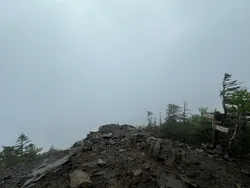
A bit on the harder side as a day trip, with a 3.5 hour drive from Tokyo, but the course was easier than I expected as the elevation gain is not too steep. Taking public transport will require you to spend the night at the mountain hut.
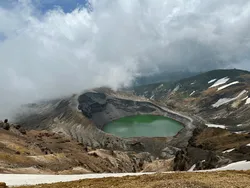
Can do as a very expensive day trip via Shinkasen access to Yamagata station. Is right next to the popular Zao Onsen town.
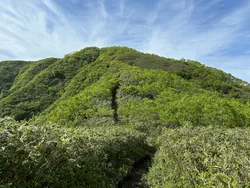
The only hyakumeizan in Fukui. The nearest mountains you could drive to are Mt Ibuki, Mt Ena and Mt Haku, although none of them are that close.
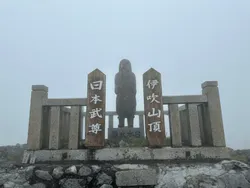
Day trip access (albeit expensive) via Shinkansen to Maibara station. As of 2024, the main hiking trail is closed. Instead you can drive (or take a bus in the summer season) to right near the peak.

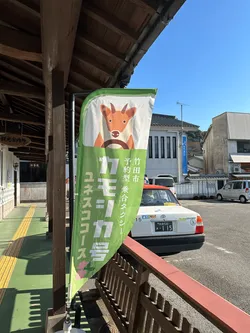
Kyushu 1/6. If you had to skip one of the Kyushu hyakumeizan, it would have to be this one. Public transport access will take the course time up to 7.5h.
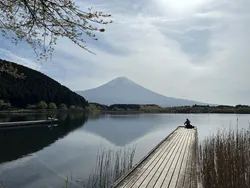
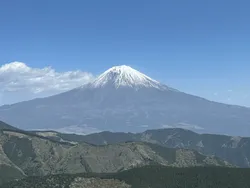
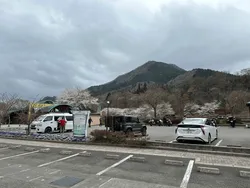
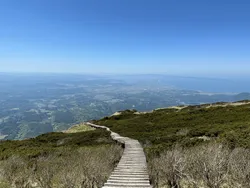
This one's all one its own in Tottori prefecture. You'll probably take a plane to Tottori airport, climb this one and then fly back home.
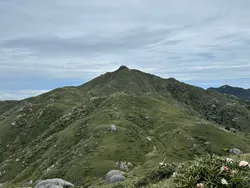
Kyushu 6/6. Need to take a boat or plane from the Kyushu mainland to Yakushima island. Could maybe squeeze it as a day hike, or spend a night at one of the unmanned huts on the trail.
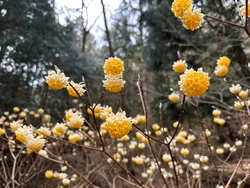
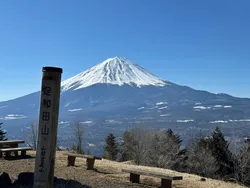
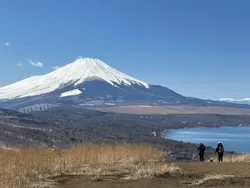
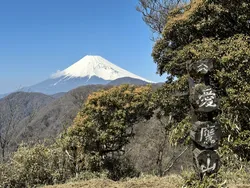
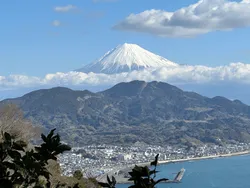
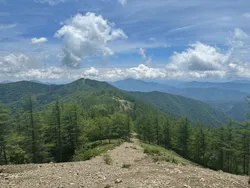
The highest mountain in Tokyo. The standard 20km course is overnight and the trail is long, but if you're fast a day hike is possible.
When to climb April - December
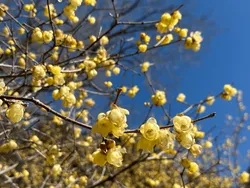
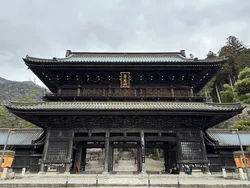
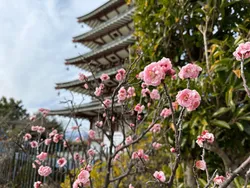
A hike across a series of low-lying mountains next to the city of Numazu and Suruga bay.
When to climb Year-round
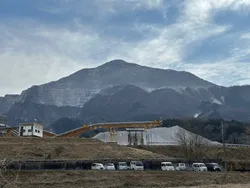
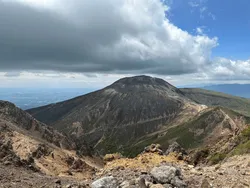
Stunning scenery if you like volcanoes. Courses vary from 1.5h to 6.5h depending on if you use the ropeway.
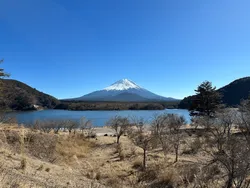
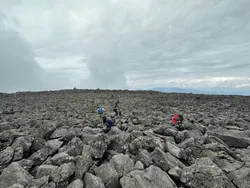
No public transport access, but quite a short hike so doable if you have a car. The summit is a huge field of rocks.
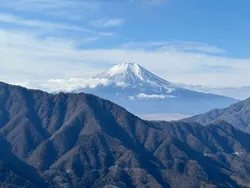
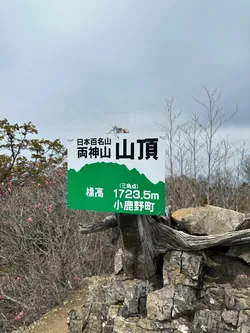
The bus timings are a bit dicey, so it might be better as an overnight hike if you want to take your time. But I found it to be quite doable as a daytrip with public transport. Since it's low-elevation you can climb it earlier than other hyakumeizans.
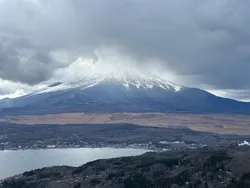
One of the mountains right next to Lake Yamanaka-ko, giving you a great opportunity to see Mt Fuji up close.
When to climb October - January, March - May
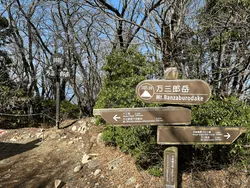
Is one of the rare few hyakumeizans near the ocean, although its views aren't too great due to the tree cover. With its low elevation, can be climbed in the off-season.
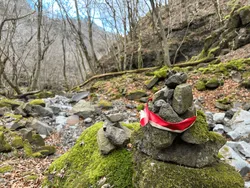
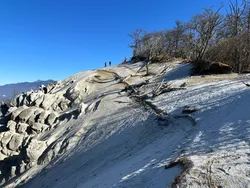
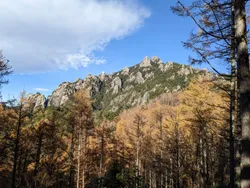
Although the course distance is short, it is deceptively hard as there are some steep climbs. Can be combined with the nearby Mt Kinpu as an overnight camping trip.
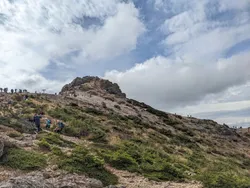
Fukushima 1/3. Accessible as an expensive day hike from Tokyo thanks to the Shinkansen. Recommending pairing with another Fukushima mountain. Very popular in the autumn season.
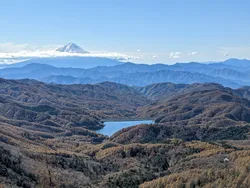
Short course, easily accessible from Tokyo, and great views of Mt Fuji if you are lucky.
When to climb Mid-April - December
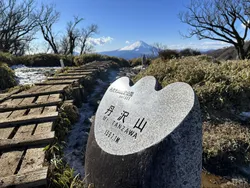
The course is long at 18km, but well-maintained with lots of stairs and rest huts, and easy access from Tokyo. Can split it up into an overnight hike with a stay at one of the huts.
When to climb April - May, October - December
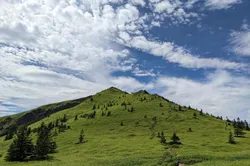
Day trip accessible via Shinkansen to Ueda station and then a local bus. Course can be as short as 3.5h by car, but with public transport expect it to take 7 - 8 hours. The best part of this hike is seeing the neighbouring peak of Mt Neko.
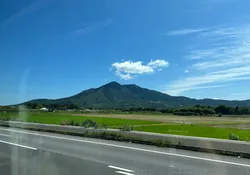
The lowest elevation mountain in the hyakumeizan, and a good beginner-friendly intro. Standard course is 4h.
